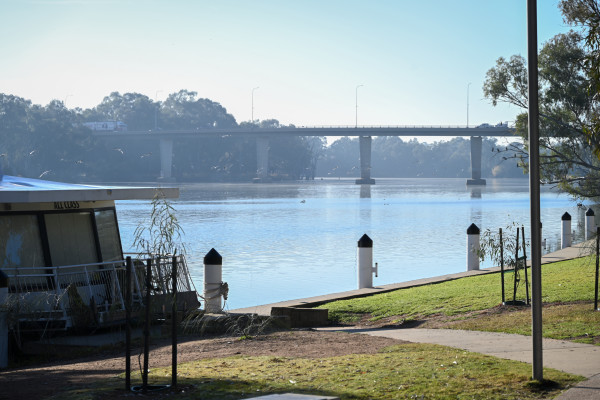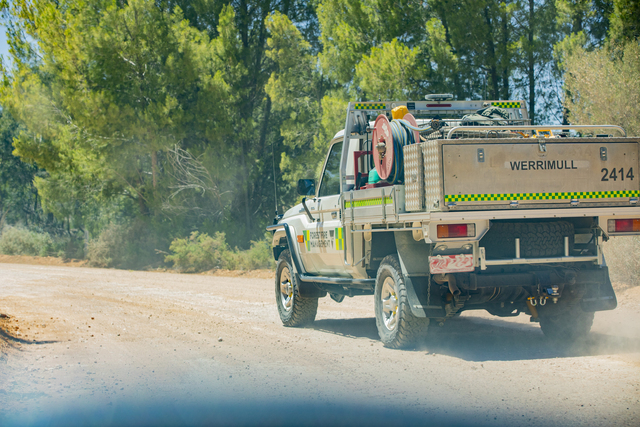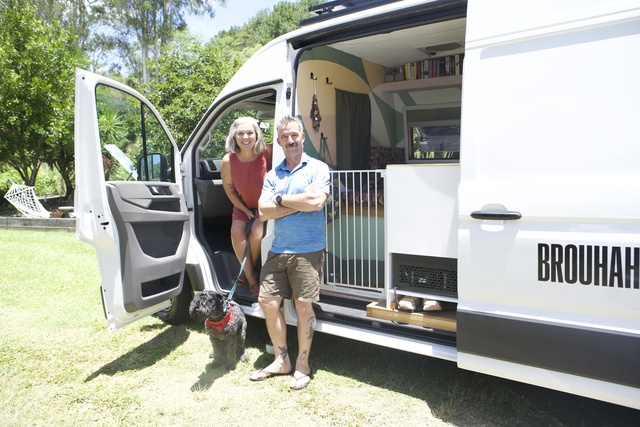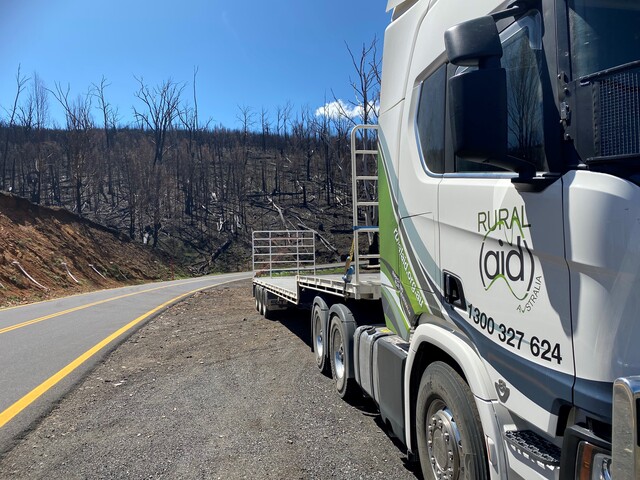WINTER has hit Sunraysia with a vengeance as overnight lows reached freezing point this week.
The mercury dropped to just 0.5 degrees Celsius overnight Sunday and reached just 13.7 at its peak on Monday, before an even colder minimum on Tuesday morning of -0.8 degrees.
Monday morning’s apparent or “feels like” temperature fell to -2.8 degrees just as many were preparing for work about 7.30am with frost areas, while the feels like temperature on Tuesday dropped to -3.6 at 5.30am.
A wintry Saturday, when the maximum temperature of just 11.3 degrees, was only moderately above the overnight minimum of 8.6, while sunnier conditions on Sunday made the maximum of 13.8 feel a little warmer in the sunshine.
Monday morning temperatures did not begin rising with any speed until after 9am when the temperature was still only 2.9 degrees with a feels like temperature of zero.
Mildura reached a top of 13.7 degrees about 4pm on Monday before the mercury began falling rapidly to single digit figures by 6pm.
Monday’s overnight feels like temperature hit zero by 10pm and did not rise into positive figures until 9 o’clock Tuesday morning.
A frost warning was issued for much of Victoria on Tuesday with the warning that temperatures at ground level could be many degrees lower than those recorded by standard weather stations, especially in calm conditions with very clear skies as was experienced across the Mallee.
Maximum temperatures are forecast to remain in the mid-teens for the remainder of the week with overnight minimum temperatures approaching freezing point again by the weekend.
There is a high chance of showers both on Wednesday and Thursday this week just to add to the wintry feel.
The Bureau of Meteorology’s long-range forecast has foreshadowed the likelihood of days and nights to be warmer than average across Australia from July to September with an increased chance of unusually warm days and nights.
Rainfall is likely to be above average for parts of the interior and eastern seaboard, and below average across much of Victoria and Tasmania, south-east South Australia and parts of south-west Western Australia.
Elsewhere, rainfall is likely to be more typical for the season.








